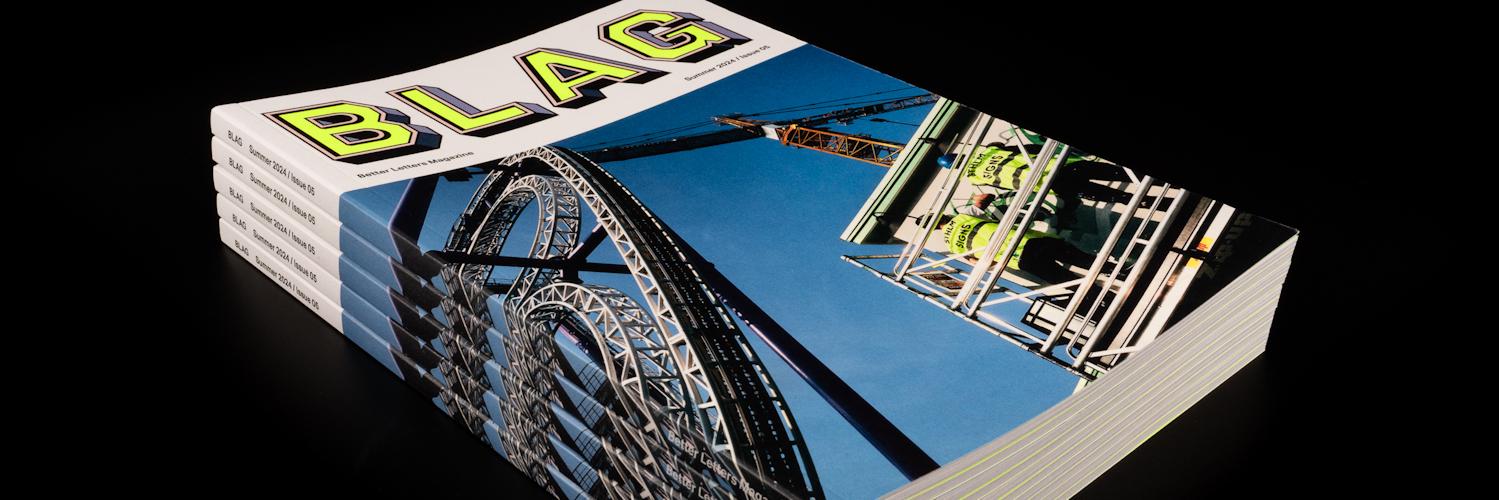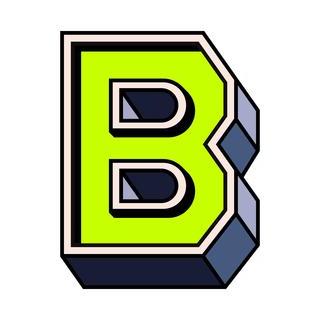


BLAG Magazine: Adventures in sign painting craft, community, and culture.
The world's only print and online publication dedicated to sign painting.
The world's only print and online publication dedicated to sign painting.
207 pessoas curtiram isso
0 Publicações
0 fotos
0 Vídeos



